Global and Costa Rican Operations of Kerry Group
Kerry Group is a transnational food manufacturer and distributer based in Ireland. It began as a dairy distributer but now primarily manufactures ingredients, flavors, and actives for the global food, beverage, and pharmaceutical industries. Kerry Group sells to other transnational corporations such as Unilever, Starbucks, Nestle, Kellogg, Campbells, Tyson, Heinz, Land O’Lakes, etc.. The company manufactures frozen meals, hot and cold pies, processed meats, and dairy spreads to the Irish, UK, and selected international markets. They distribute under multiple brand names: LowLow, Cheestrings, Dairygold, Charleville, Denny, Richmond, Wall’s, and Mattesons (Forbes, n.d.). Kerry group has over 23,000 employees worldwide, and more than 100 manufacturing facilities (Kerry Group, n.d.).
In 2015, Kerry Group acquired Baltimore Spice, a producer of spices, condiments and ingredients based in San José (Burke-Kennedy, 2015). Baltimore Spice has 109 employees in Costa Rica and makes $20.61 million in yearly total sales. The company operates out of the Pavas district in San José in an industrial warehouse that is 1,900 square meters (Crunchbase, n.d.).


Social, Economic, and Environmental Impacts of Manufacturing Operations in Costa Rica
Until just recently, Costa Rica’s industry consisted largely of small-scale manufacturing. In 1998, the Intel Corporation set up in San José and demonstrated the nation’s first large-scale manufacturing venture (Costa Rica Information, n.d.).
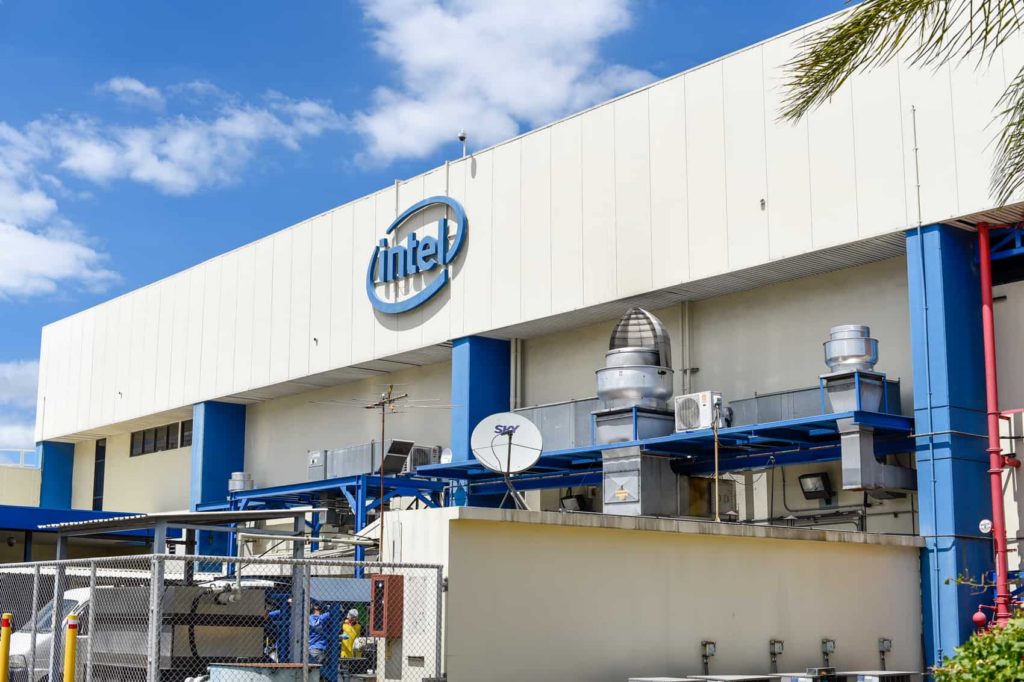
Kerry Group runs a fairly small operation in San José, but nonetheless has a very high yearly output and offers low-skilled labor jobs for Costa Ricans. It is unclear whether or not the spices are being grown or just manufactured on site. If they are grown in-country, the economic benefits for the nation will be greater, as employment is a main driver of economic growth. Manufacturing jobs offer stable incomes to people with low skills and minimal education. It is also unclear where these spices are being sold worldwide. If they are sold and shipped to Ireland, where the company is based, or the UK and America, then Costa Rica is making a lump sum of export revenue. On the other hand, the environmental impact of shipping these goods is immeasurable and may also be inflicting pressure on Costa Rican ports and roadways.
Neo-colonialism or Neo-liberalism?
Kerry Group’s prescence in Costa Rica represents a for of Neo-liberalism. Neoliberal theory holds that markets can more efficiently distribute capital, goods, and services, throughout the world than governments can. Competition within markets led Kerry Group to Latin America, where labor is cheaper and they could, theoretically, offer employment to people who would otherwise be worse off economically. Kerry Group has allowed Costa Rica to raise the output of their exports, which in turn increases the gross domestic product of the nation. As a transnational corporation, Kerry group has provided the technical and managerial knowledge to create a more efficient and profitable sector in San José. The neoliberal theory projects that the more they export, the greater the income of the corporation and the exporting nation’s economy (Lubliner, 2006).
Neoliberal economic measures have not always played out as planned within laboring countries. While neoliberalism often guises itself as increasing employment for underdeveloped nations, there is also an element of exploitation of workers. In 2021, Costa Rican social movements protested a bill that would grant Costa Rica a 1.75 billion USD loan from the International Monetary Fund. The bill was criticized for potentially being harmful to the working class and cause greater social inequality in the country. The Public Employment Law was deemed an “anti-workers regressive law,” as it sought to approve a 12-hour work day and promoted exploitation of workers, rather than the creation of new jobs (Peoples Dispatch, 2021). Neoliberal economic policies are not always beneficial for the exporting countries, and Kerry Group could potentially be another transnational corporation taking advantage of cheap and efficient labor in Costa Rica’s capitol.

References
Burke-Kennedy (2015, October 15). Kerry snaps up three US food companies for $735m, published by The Irish Times. https://www.irishtimes.com/business/agribusiness-and-food/kerry-snaps-up-three-us-food-companies-for-735m-1.2393057.
Costa Rica Information (n.d.). Manufacturing & Production Industries. http://costarica-information.com/about-costa-rica/economy/economic-sectors-industries/manufacturing#:~:text=The%20majority%20of%20these%20fatories,Jose%2C%20Costa%20Rica%27s%20capital%20city.
Crunchbase (n.d.). Baltimore Spice – Company Profile & Funding. https://www.crunchbase.com/organization/baltimore-spice.
Forbes (n.d.). Kerry Group Profile. https://www.forbes.com/companies/kerry-group/?sh=5e34acca22e3.
Lubliner, Paul B. (2006, May). EXPLORING THE IMPACT OF NEOLIBERAL ECONOMIC DEVELOPMENT ON POVERTY IN COSTA RICA: WHAT WENT WRONG?. University of Oregon Thesis Paper. https://scholarsbank.uoregon.edu/xmlui/bitstream/handle/1794/2746/Lubliner_Thesis1.pdf?sequence=4&isAllowed=y.
Peoples Dispatch (2021, January 19). Costa Rican social movements and trade unions prepare to mobilize against IMF deal. https://peoplesdispatch.org/2021/01/19/costa-rican-social-movements-and-trade-unions-prepare-to-mobilize-against-imf-deal/.
Kerry Group (n.d.). Production. https://www.kerry.com/about/our-company/expertise/production.html#:~:text=Moreover%2C%20with%20more%20than%20100,mimic%20our%20customers%20production%20environments.
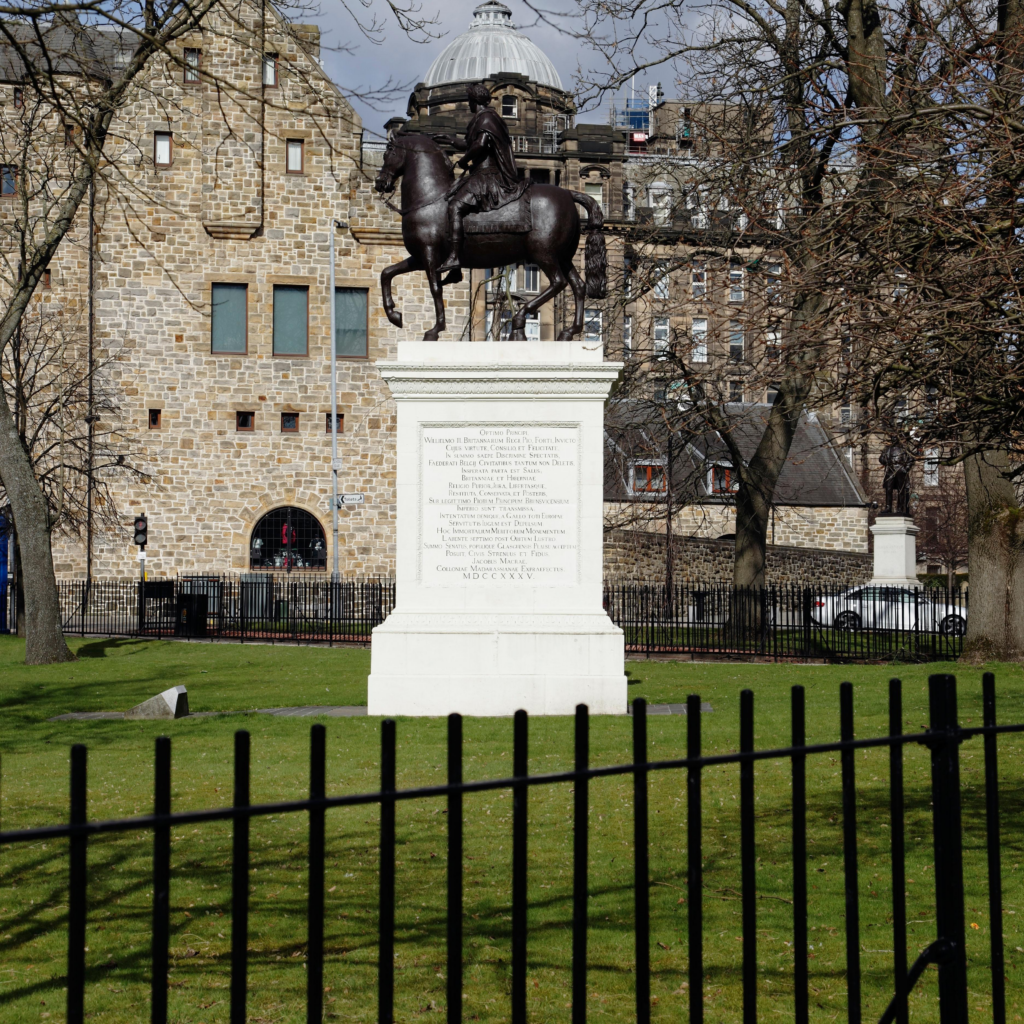
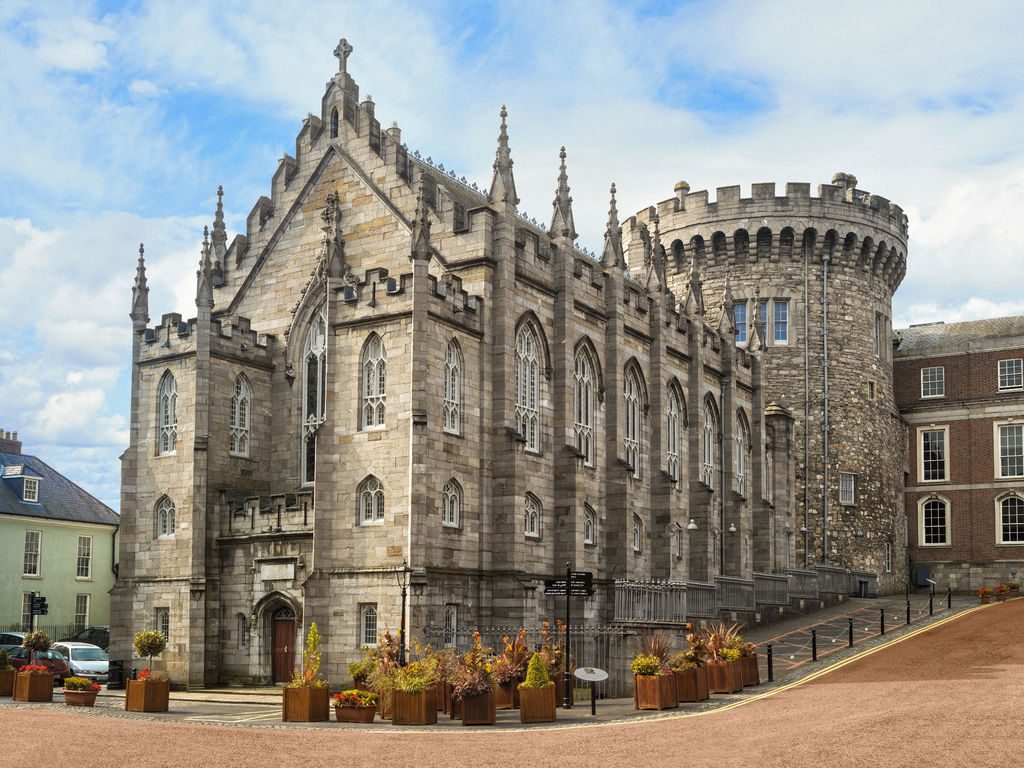
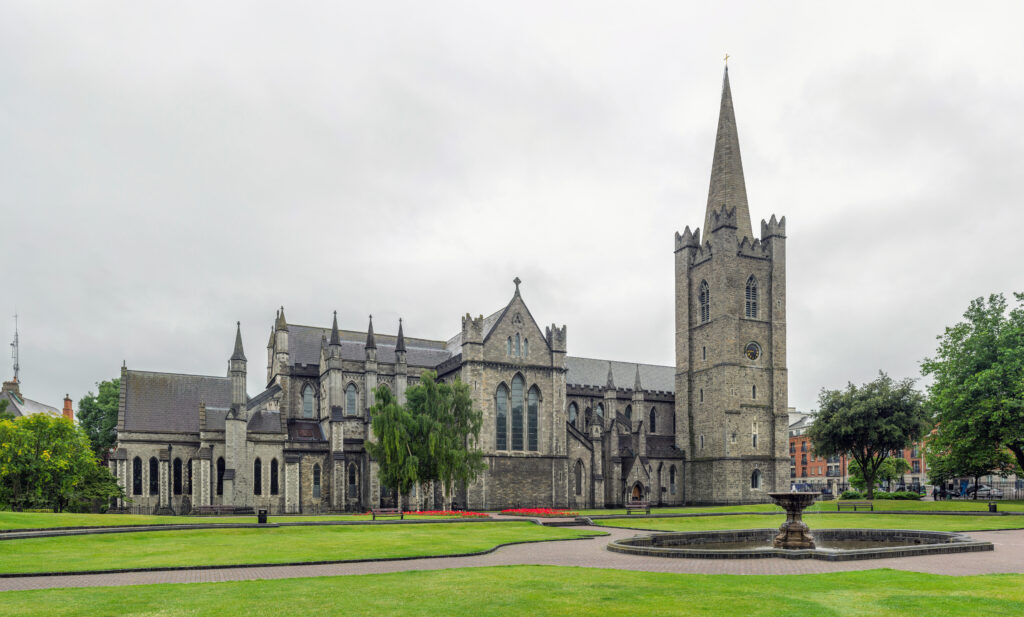
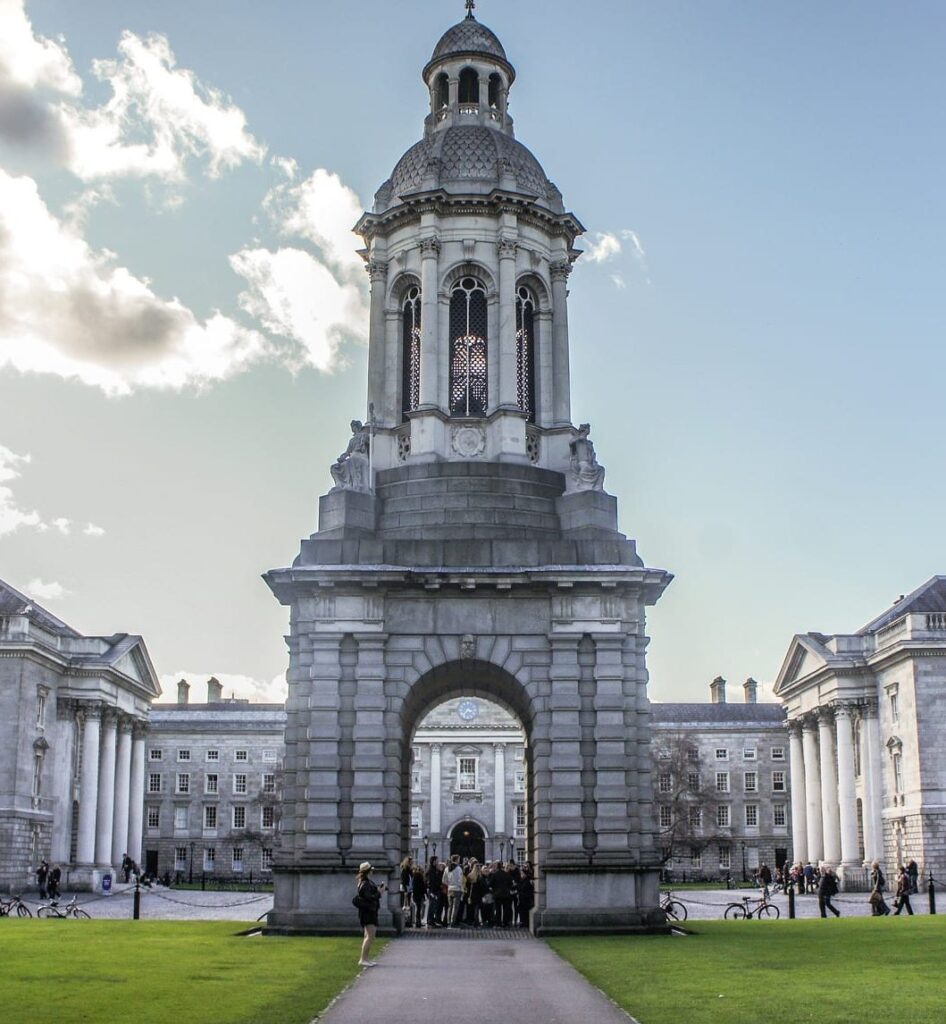
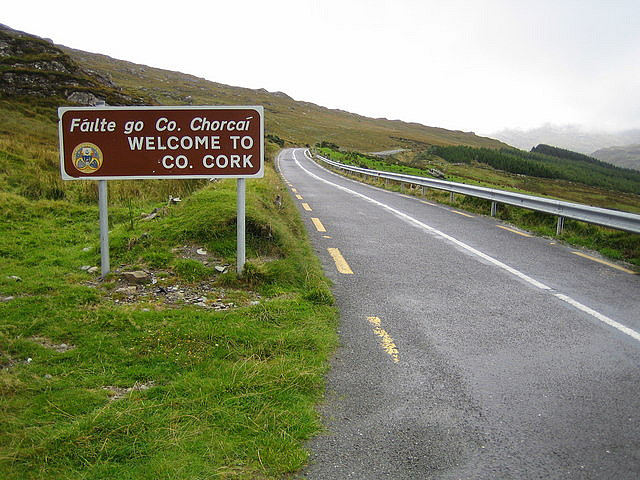
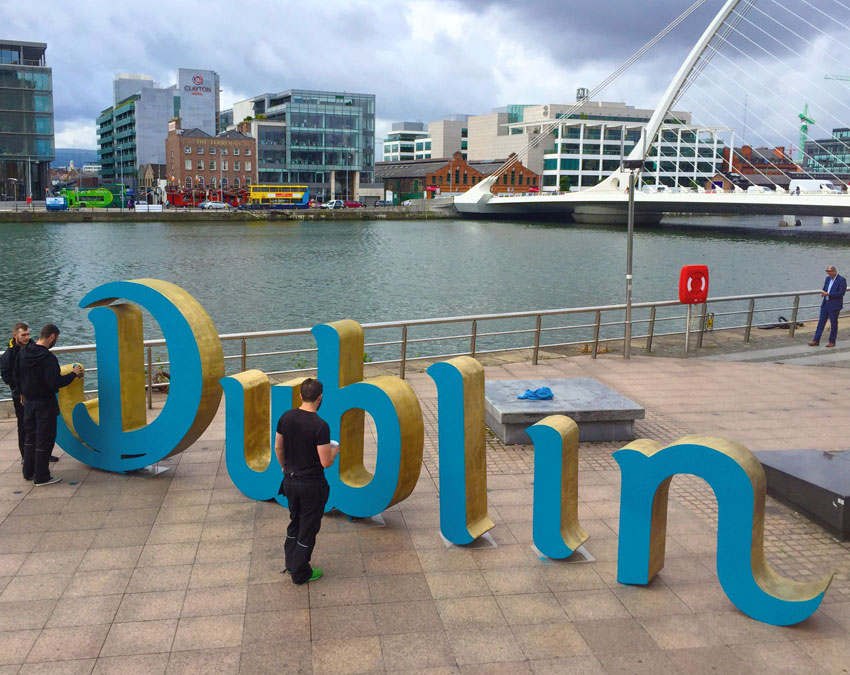

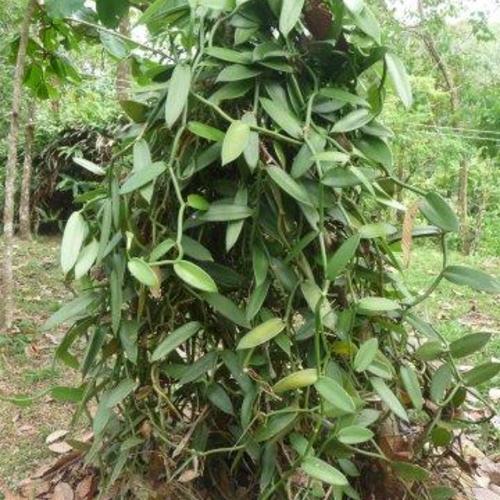
 Vanilla cultivation is on the rise in the Osa Peninsula, and typically produced in an agroforestry system. Currently, many Vanilla species are threatened in the wild. Osa researchers are looking towards wild species of vanilla to test their profitability for commercial production. Vanilla produced in Osa accessible to most and is sold at local supermarkets, at the Osa Cacao Chocolate Factory during their organic farm tours, or on online markets
Vanilla cultivation is on the rise in the Osa Peninsula, and typically produced in an agroforestry system. Currently, many Vanilla species are threatened in the wild. Osa researchers are looking towards wild species of vanilla to test their profitability for commercial production. Vanilla produced in Osa accessible to most and is sold at local supermarkets, at the Osa Cacao Chocolate Factory during their organic farm tours, or on online markets  Cacao on the Osa peninsula is closely tied to the indigenous communities that have lived in the region for centuries. Cacao grows in pods on cacao trees, which can be found in abundance on the Osa. Cacao plantations thrive in the humid, tropical environment. Cacao pods are harvested from the trees and then fermented to enhance their flavor. Following fermentation, the beans are dried, cleaned and roasted. The cacao beans shell is removed, resulting in cacao nibs, which are then ground to create cacao mass. In this grinding process, cocoa butter is released from the nibs, creating a smooth chocolate liquor. Growers on the Osa will either make the final chocolate product on site or the nibs are exported offshore. Chocolate production has been on the rise in the Osa Peninsula due to growing interesting in sustainable techniques of growing. Farmers are increasingly using agroforestry techniques to grow cacao alongside other crops, and many are experimenting with new ways of processing and selling their chocolate. Cacao and chocolate is sold in local supermarkets across the Osa, and on various farms such as Rancho Raices de Puerto Jiménez hold tours to describe the production process to tourists and visitors.
Cacao on the Osa peninsula is closely tied to the indigenous communities that have lived in the region for centuries. Cacao grows in pods on cacao trees, which can be found in abundance on the Osa. Cacao plantations thrive in the humid, tropical environment. Cacao pods are harvested from the trees and then fermented to enhance their flavor. Following fermentation, the beans are dried, cleaned and roasted. The cacao beans shell is removed, resulting in cacao nibs, which are then ground to create cacao mass. In this grinding process, cocoa butter is released from the nibs, creating a smooth chocolate liquor. Growers on the Osa will either make the final chocolate product on site or the nibs are exported offshore. Chocolate production has been on the rise in the Osa Peninsula due to growing interesting in sustainable techniques of growing. Farmers are increasingly using agroforestry techniques to grow cacao alongside other crops, and many are experimenting with new ways of processing and selling their chocolate. Cacao and chocolate is sold in local supermarkets across the Osa, and on various farms such as Rancho Raices de Puerto Jiménez hold tours to describe the production process to tourists and visitors. Palm Oil is one of the most profitable products for growers on the Osa. The large seed clusters found underneath the leaves of the palms are harvested and processed into palm oil. Once fruit is harvested, it is put on trucks to processing plants where it is pressed and turned into oil. It is an ingredient found in many food and beauty products, from pizza dough and cookies to soaps and shampoos. It is also a natural substitute of vegetable or coconut oil, and is often a cheaper alternative for people living on the Osa. In the U.S., the average person consumes 17 pounds of palm oil yearly. Palm trees are native to Africa, but can survive in many types of tropical and subtropical climates. The demand for palm oil has resulted in the continued deforestation of native forests on the Osa. Workers are often paid small wages for laborious work on these plantations. However, ecotourism is working to stifle the value of palm oil, making it a less efficient source of profit. It can be purchased at local supermarkets such as Mercado Munipicial de Puerto Armuelles, and in nearly every restaurant or pantry.
Palm Oil is one of the most profitable products for growers on the Osa. The large seed clusters found underneath the leaves of the palms are harvested and processed into palm oil. Once fruit is harvested, it is put on trucks to processing plants where it is pressed and turned into oil. It is an ingredient found in many food and beauty products, from pizza dough and cookies to soaps and shampoos. It is also a natural substitute of vegetable or coconut oil, and is often a cheaper alternative for people living on the Osa. In the U.S., the average person consumes 17 pounds of palm oil yearly. Palm trees are native to Africa, but can survive in many types of tropical and subtropical climates. The demand for palm oil has resulted in the continued deforestation of native forests on the Osa. Workers are often paid small wages for laborious work on these plantations. However, ecotourism is working to stifle the value of palm oil, making it a less efficient source of profit. It can be purchased at local supermarkets such as Mercado Munipicial de Puerto Armuelles, and in nearly every restaurant or pantry.  Rice production on the Osa has declined in the past few decades due to the demand for African Palm. However, it was an historically important crop in the region due to the optimal climate and habitat. Farmers will sell their crops at local markets or partner with companies to make contracts to sell their rice for higher overseas export prices. The seeds are left to mature until they are harvested, washed, de-husked and remove the bran to reveal the white rice that we typically consume. This crop can fluctuate with the patterns of the weather, and profitability of crop yields can be heavily impacted by heavy rains or extreme drought. Rice can be found at markets such as Mini super El 32, Verdulería El mercadito de osa or at restaurants like Rancho Raises de Osa.
Rice production on the Osa has declined in the past few decades due to the demand for African Palm. However, it was an historically important crop in the region due to the optimal climate and habitat. Farmers will sell their crops at local markets or partner with companies to make contracts to sell their rice for higher overseas export prices. The seeds are left to mature until they are harvested, washed, de-husked and remove the bran to reveal the white rice that we typically consume. This crop can fluctuate with the patterns of the weather, and profitability of crop yields can be heavily impacted by heavy rains or extreme drought. Rice can be found at markets such as Mini super El 32, Verdulería El mercadito de osa or at restaurants like Rancho Raises de Osa. 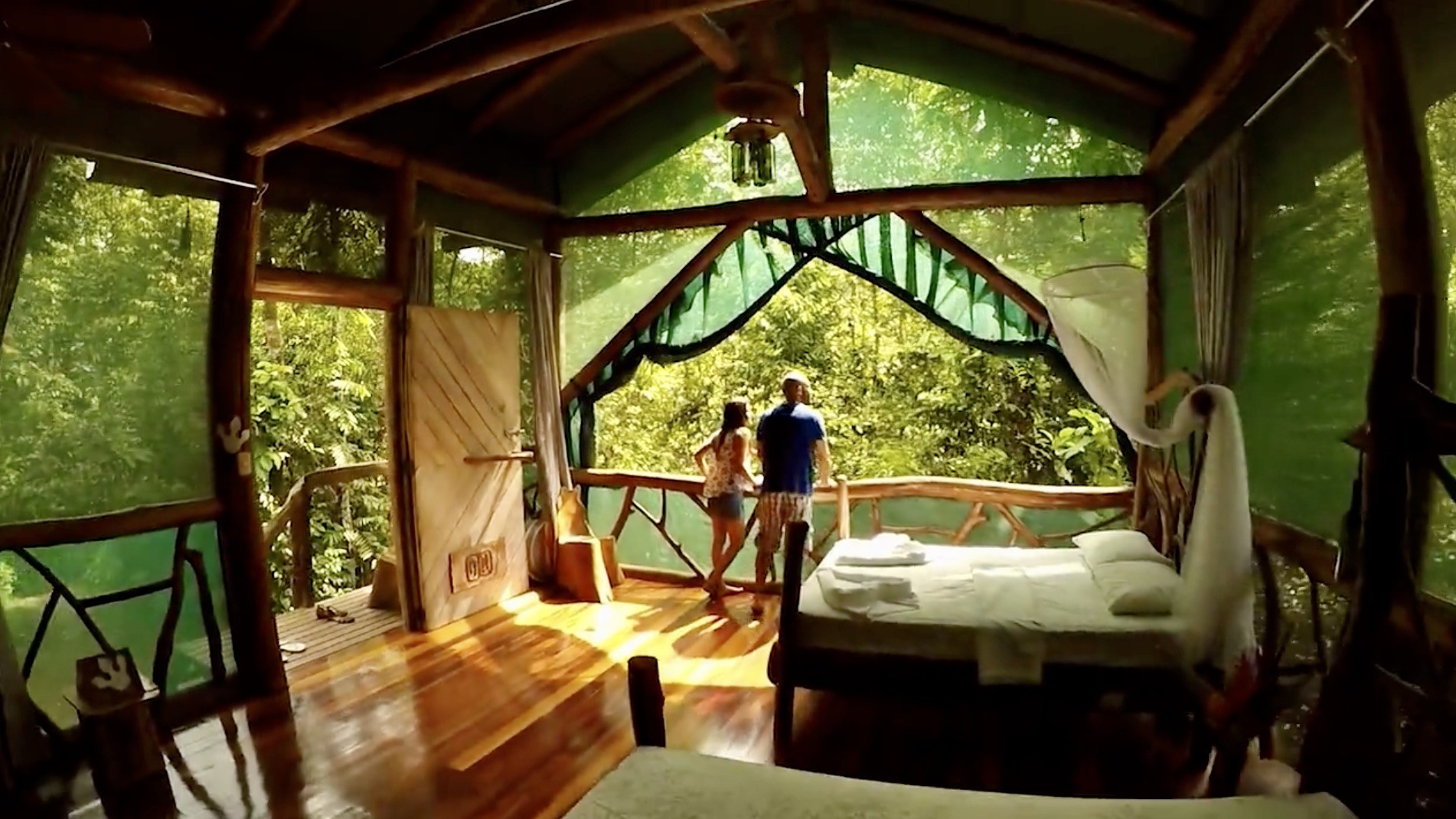 Ecotourism is a key component of the tourism industry in Costa Rica. The immense biodiversity of the country has made it one of the world’s leaders in ecotourism. This type of tourism typically involves activities such as wildlife viewing, hiking, and nature photography, and often focuses on the region’s unique and diverse ecosystems, including its lush tropical rainforests, pristine beaches, and rich marine environments. Thirty years ago, it was uncommon to come across a protected area in the country, now almost 13% of the country is protected within the national parks system. Many eco-lodges and tour operators on the Osa Peninsula offer sustainable tourism experiences that help to support conservation efforts and local communities, while minimizing negative impacts on the environment.
Ecotourism is a key component of the tourism industry in Costa Rica. The immense biodiversity of the country has made it one of the world’s leaders in ecotourism. This type of tourism typically involves activities such as wildlife viewing, hiking, and nature photography, and often focuses on the region’s unique and diverse ecosystems, including its lush tropical rainforests, pristine beaches, and rich marine environments. Thirty years ago, it was uncommon to come across a protected area in the country, now almost 13% of the country is protected within the national parks system. Many eco-lodges and tour operators on the Osa Peninsula offer sustainable tourism experiences that help to support conservation efforts and local communities, while minimizing negative impacts on the environment. 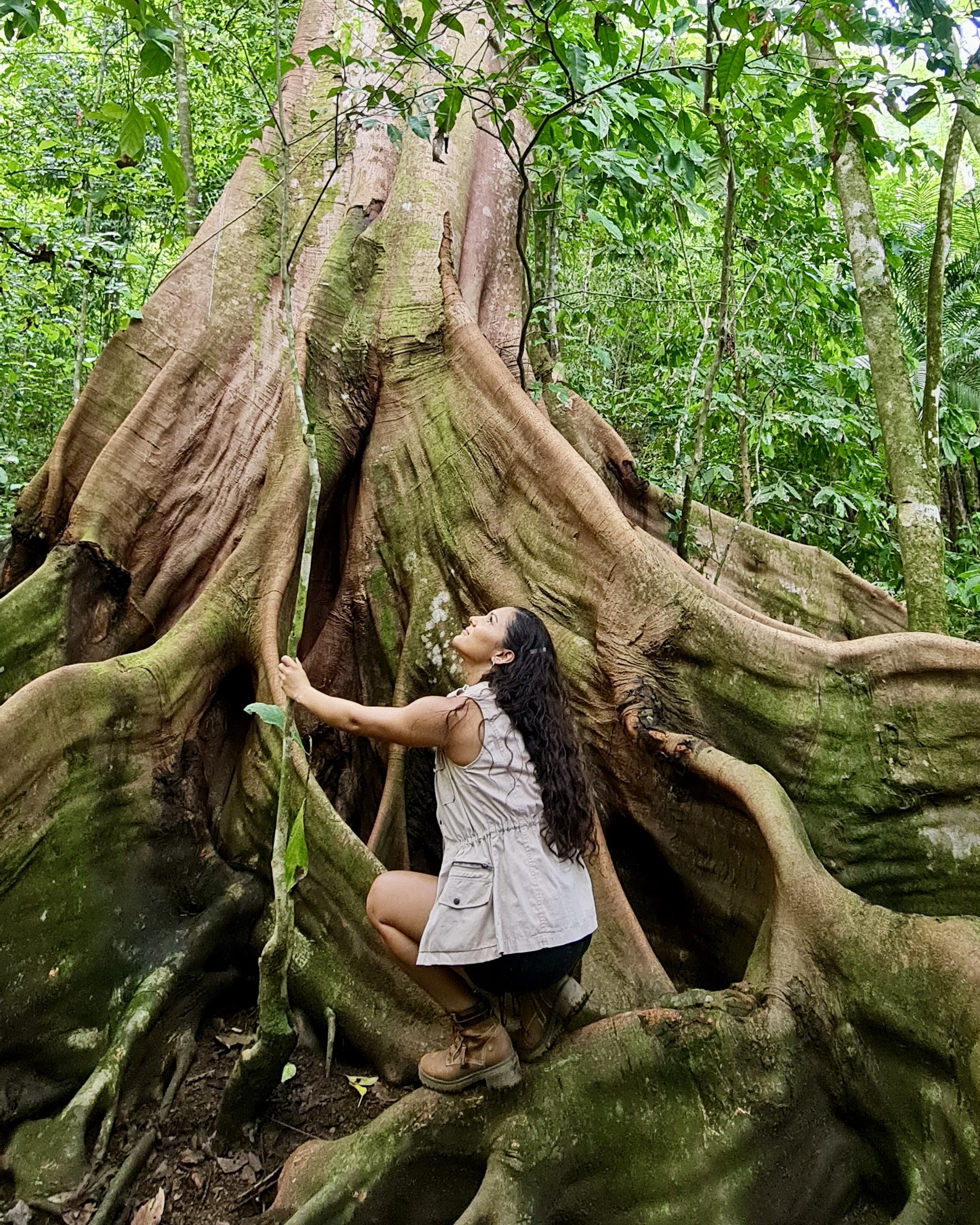 Tourism has helped boost the local economy, via coffee consumption, lodging, eating and more. In the Osa Peninsula, many eco-lodges offer educational and cultural experiences that allow visitors to learn about the region’s unique ecosystems and local cultures. These lodges often use locally-sourced materials and employ local staff, providing economic benefits to the surrounding communities. Some examples of these lodges include Bosque Del Cabo EcoLodge on top of Matapalo, Iguana Lodge in Playa Preciosa and, of course, Finca Kobo in Puerto Jimenez.
Tourism has helped boost the local economy, via coffee consumption, lodging, eating and more. In the Osa Peninsula, many eco-lodges offer educational and cultural experiences that allow visitors to learn about the region’s unique ecosystems and local cultures. These lodges often use locally-sourced materials and employ local staff, providing economic benefits to the surrounding communities. Some examples of these lodges include Bosque Del Cabo EcoLodge on top of Matapalo, Iguana Lodge in Playa Preciosa and, of course, Finca Kobo in Puerto Jimenez.